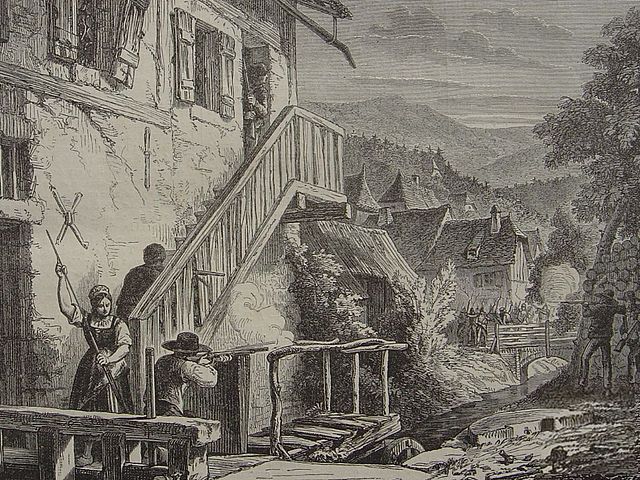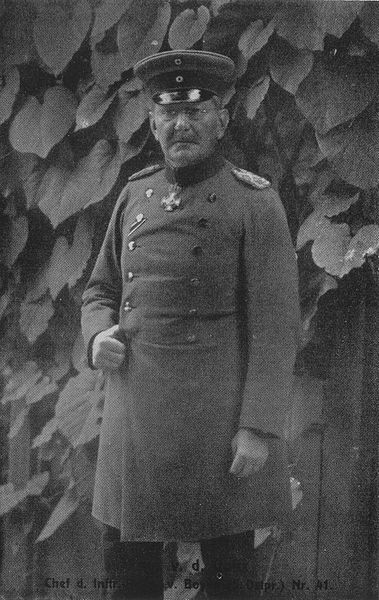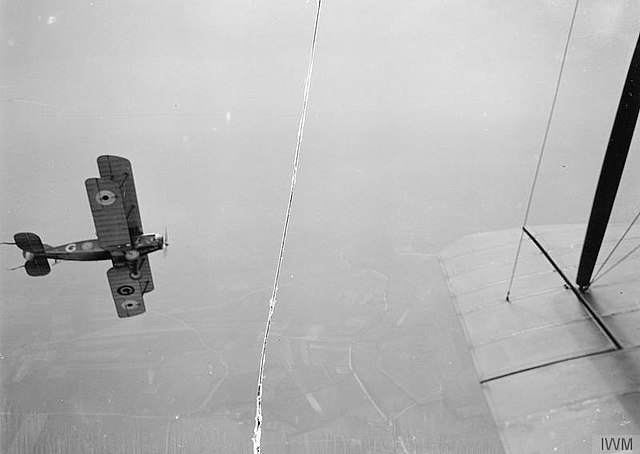The Schlieffen Plan is a name given after the First World War to German war plans, due to the influence of Field Marshal Alfred von Schlieffen and his thinking on an invasion of France and Belgium, which began on 4 August 1914. Schlieffen was Chief of the General Staff of the German Army from 1891 to 1906. In 1905 and 1906, Schlieffen devised an army deployment plan for a decisive (war-winning) offensive against the French Third Republic. German forces were to invade France through the Netherlands and Belgium rather than across the common border.
Count Alfred von Schlieffen in 1906
Francs-tireurs in the Vosges during the Franco-Prussian War.
Colmar von der Goltz
Hans Delbrück
World War I or the First World War was a global conflict between two coalitions: the Allies and the Central Powers. Fighting took place throughout Europe, the Middle East, Africa, the Pacific, and parts of Asia. One of the deadliest wars in history, it resulted in an estimated 9 million soldiers dead and 23 million wounded, plus up to 8 million civilian deaths from numerous causes including genocide. The movement of large numbers of troops and civilians during the war was a major factor in spreading the 1918 Spanish flu pandemic.
Image: Bataille de Verdun 1916
Image: The Royal Flying Corps on the Western Front, 1914 1918 Q12059
Image: Przemysl Fortress Bain LOC 19648
Image: Arab Camel Corps








